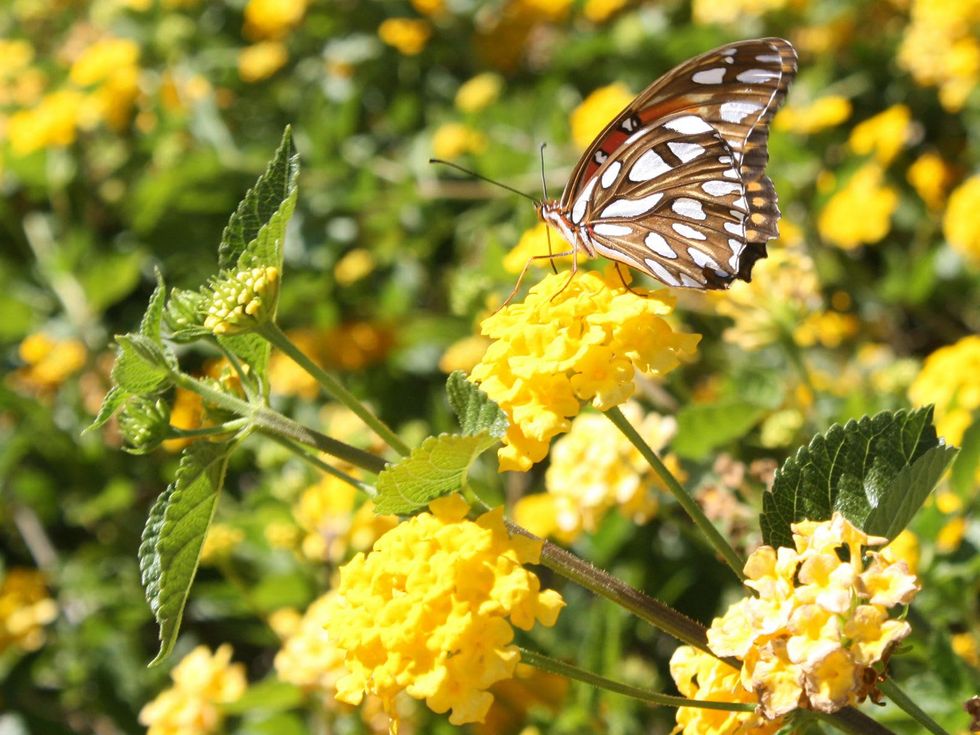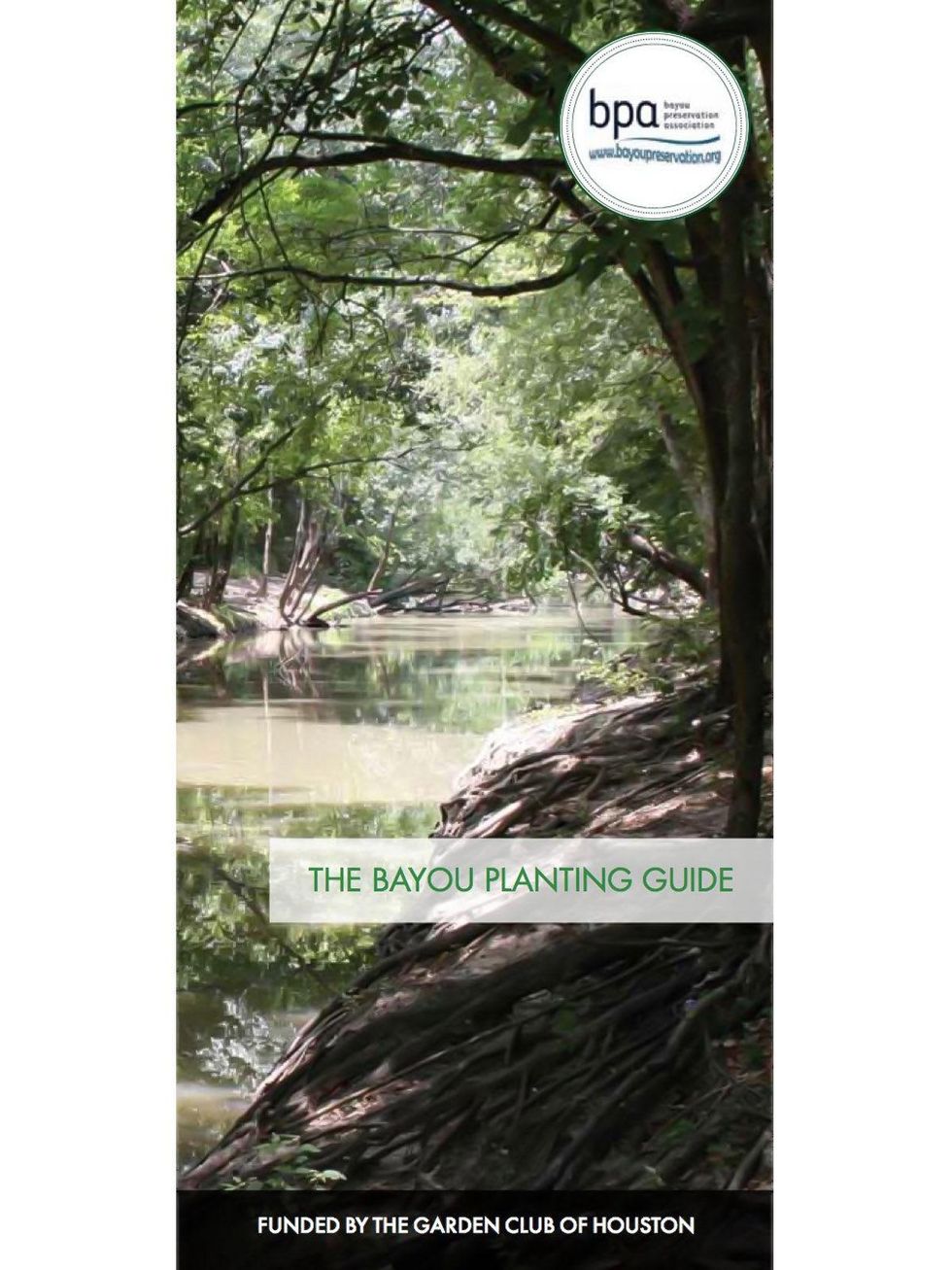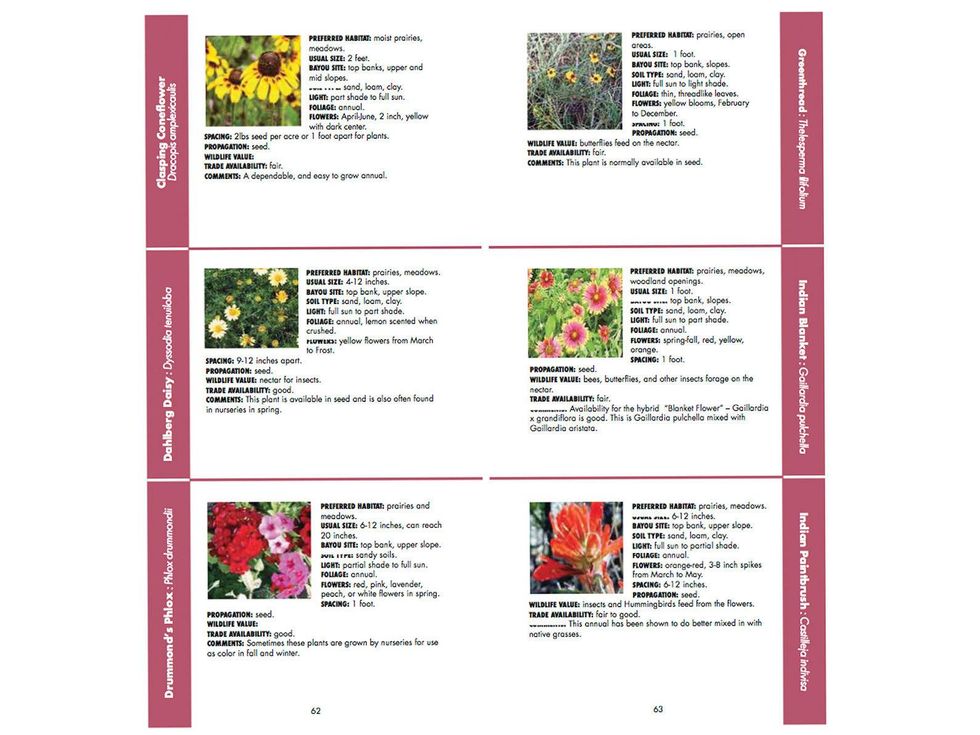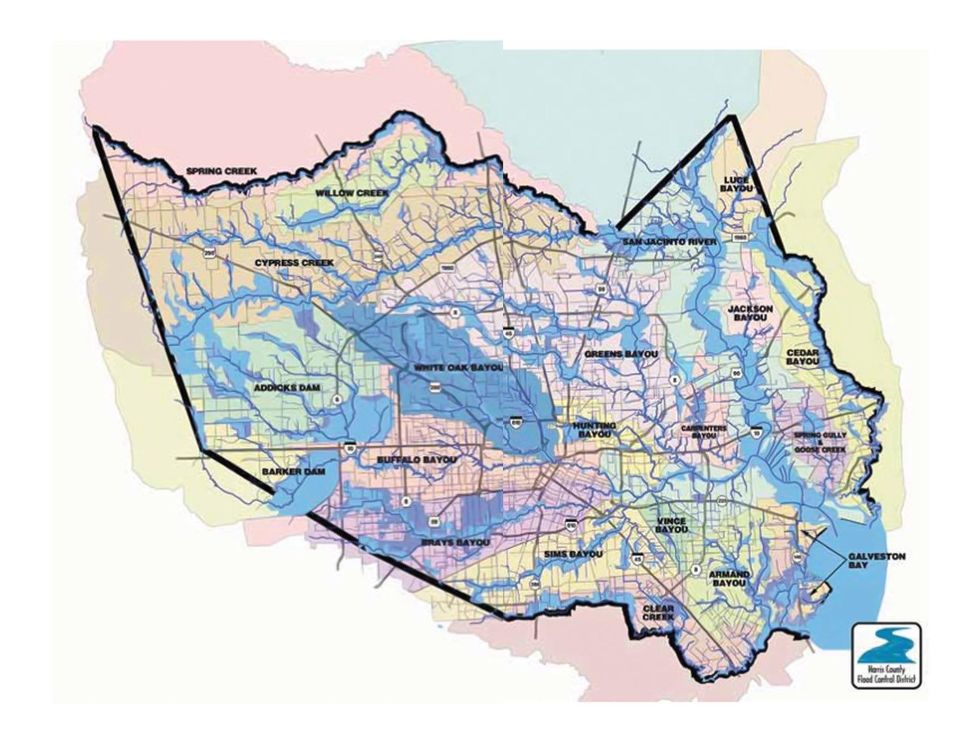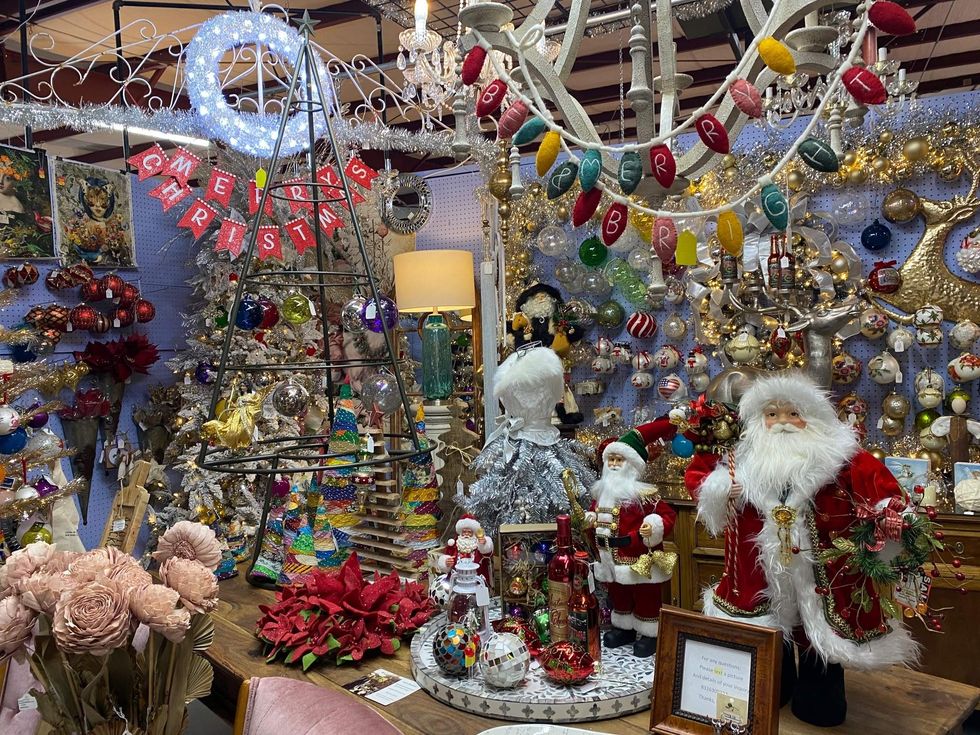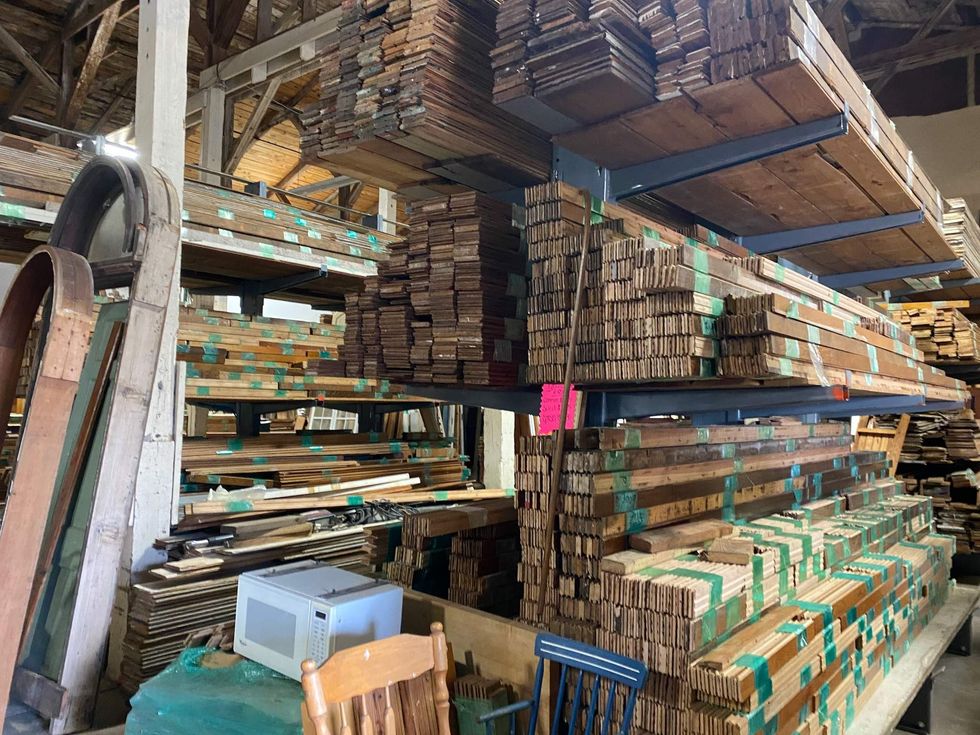Gardening Tips & Tricks
Bayou Planting Guide helps your garden grow: Five foolpoof plants that thrive in the Houston climate
After tirelessly finishing up spring-cleaning, its time to kick off summer. Make the outside of your home as beautiful as the inside by planting a garden.
With help from the Garden Club of Houston, The Bayou Preservation Association has launched The Bayou Planting Guide just in time for the summer growing season. The guide, which is available online in PDF form, was inspired by the BPA's previous planting guide that was published in 2008.
"Most native plants are drought resistant so it should not be too difficult to grow any of the plants found in the guide," says BPA executive director Kathy Lord.
Over 200 pictures and descriptions of native Texas plants, along with tips to help your garden bloom, are packaged in a guide that is small enough to put in a coat pocket and bring outside to the garden.
Don't be deterred by the recent drought and the hot weather, says Bayou Preservation Association executive director Kathy Lord. "All of the plants in the guide are native. Most native plants are drought resistant so it should not be too difficult to grow any of the plants found in the guide."
She also recommends a few tips for starting a new garden. First, make sure you have a wide variety of plants. Another key part to creating your garden is making sure there are different layers, so the plants are not all just one height. And use native soil to help the plants grow.
Among the many native plants listed in the guide, five easy ones to grow in a Houston-area garden are:
1. Texas Lantana
This flowering plant thrives in the Texas heat and even survives in poor soil. The bright flower in a variety of shades attracts insects, hummingbirds and the Painted Lady butterfly.
2. Turks Cap
This flower, in bright red and white shades, can withstand tough conditions; it continues to bloom in the summer heat and is fairly drought resistant. It does best in shade to full sun.
3. Coralberry
To attract birds, plant this flower because they do for its purple berries. It does best in partial shade and doesn't need a lot of water.
4. Southern Wax Myrtle
Planting the Southern Wax Myrtle will help with erosion control. This shrub does best in part shade to full sun.
5. Yaupon
The density of this evergreen holly helps soften the rainfall impact on soil. It does best if planted in the fall and winter.
Among one of the easiest plants to grow in your garden is the Texas Lantana, which helps to attract hummingbirds and the Painted Lady Butterfly.
